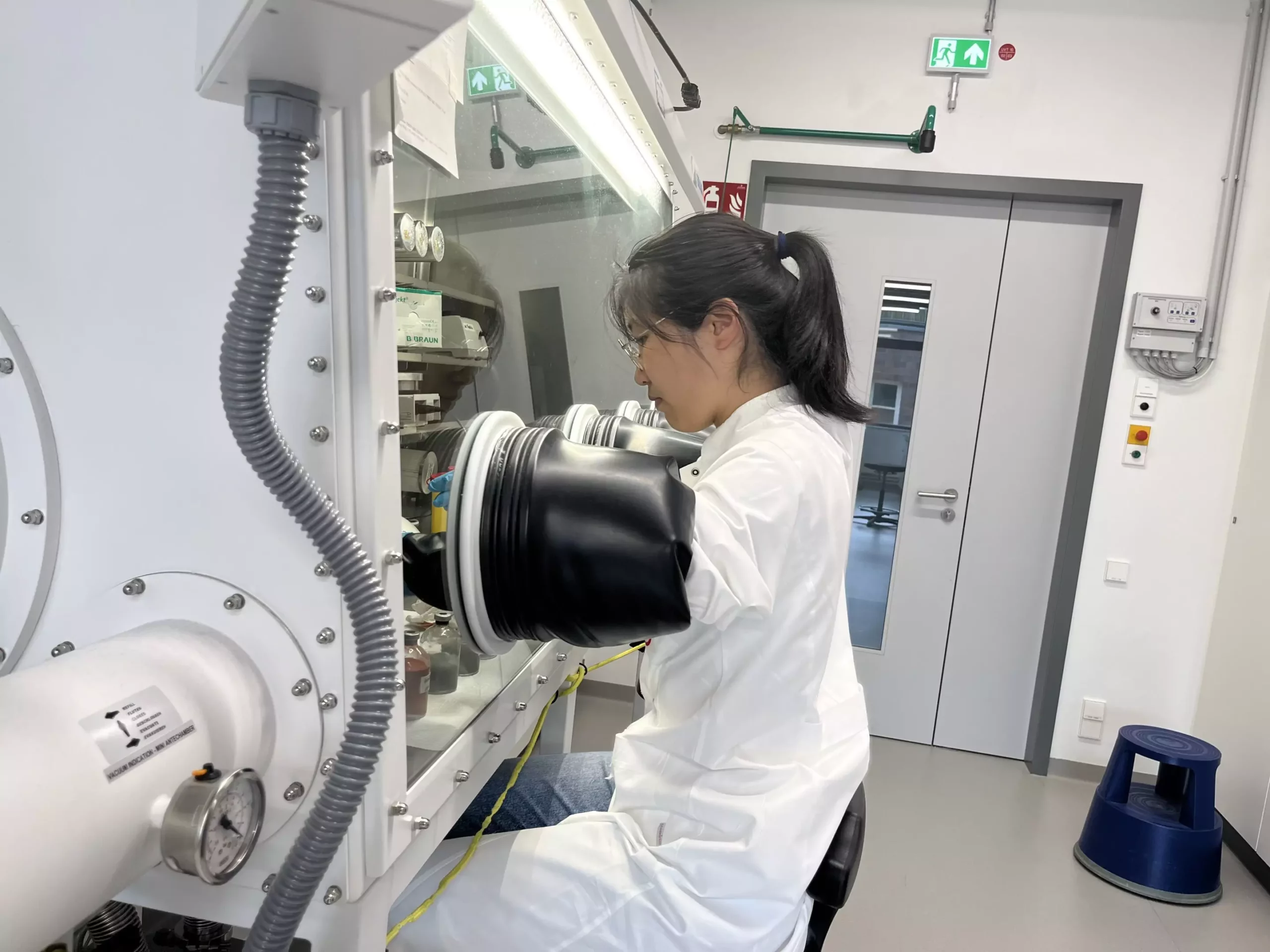Understanding how organic carbon is preserved in marine sediments has perplexed scientists for decades, especially when considering its implications for global carbon cycling. Recent collaborative research involving Prof. Fengping Wang from Shanghai Jiao Tong University and Prof. Kai-Uwe Hinrichs from MARUM, the Center for Marine Environmental Sciences at the University of Bremen, has begun to unlock the complexities surrounding iron-bound organic carbon. Their findings, featured in *Nature Communications*, mark a significant advancement in the study of organic matter retention in our oceans.
The burial of sedimentary organic carbon is not merely an academic interest; it wields considerable influence over atmospheric conditions, particularly the balance of oxygen and carbon dioxide in the environment. In marine contexts, approximately 20% of organic carbon is found to be associated with reactive iron oxides (FeR). This association raises pivotal questions about the transformations and fate of iron-bound organic carbon (FeR-OC) in subseafloor sediments. Understanding these processes is crucial, as they govern the availability of carbon to microbial communities within these sediments.
Investigating Sub-Seafloor Sediment Dynamics
To probe this unresolved mystery, the research team conducted an extensive analysis of sediment cores from the northern South China Sea, dating back 100,000 years. Notably, these sediment cores traverse various biogeochemical zones, providing insights into microbial interactions during the sulfate-methane transition zone (SMTZ). Within this zone, characterized by elevated microbial activity, FeR-OC experiences significant remobilization through iron reduction processes, facilitating its remineralization by microorganisms. This pivotal energy exchange forms the basis for sustaining a notable fraction of microbial life in the SMTZ, a region that is around one meter thick.
Interestingly, outside the microbial hotspot of the SMTZ, a remarkable stability is apparent in the proportion of total organic carbon, wherein FeR-OC demonstrates resilience against microbial degradation. This stability is paramount for assessing how much organic carbon is sequestered in marine sediments over geological timescales. According to Dr. Yunru Chen, the study’s lead author, the implications are profound; it suggests that the global reservoir of FeR-OC in actively microbially influenced Quaternary marine sediments could dwarf the atmospheric carbon pool by an astonishing 18 to 45 times.
Implications for Future Research
This investigation illuminates crucial pathways through which organic carbon operates in marine sediments, but also opens up new avenues for exploration. The dynamic interactions between organic matter and microbial processes underscore the intricate balance of life beneath the seabed. The research will feed into the Ocean Floor Cluster of Excellence, a collaborative effort at MARUM designed to further investigate such oceanic phenomena.
By advancing our understanding of the stability and dynamics of FeR-OC, these findings not only have implications for carbon cycling but also for predicting future environmental conditions and the potential for microbial life in marine ecosystems.

